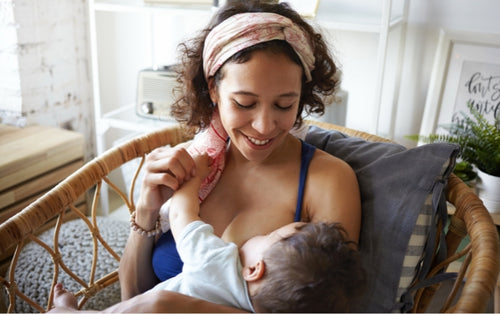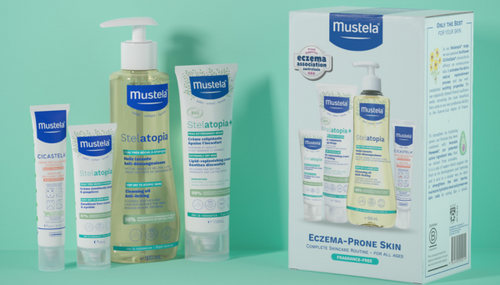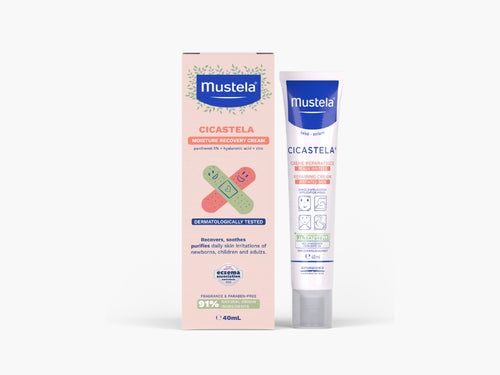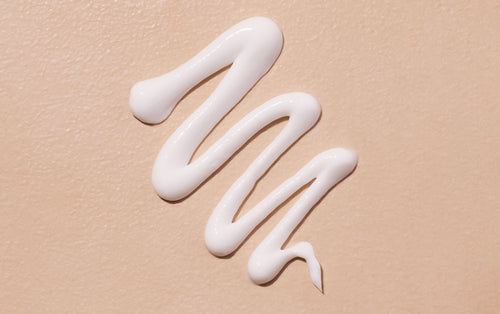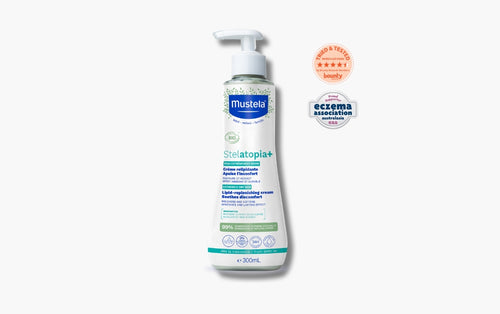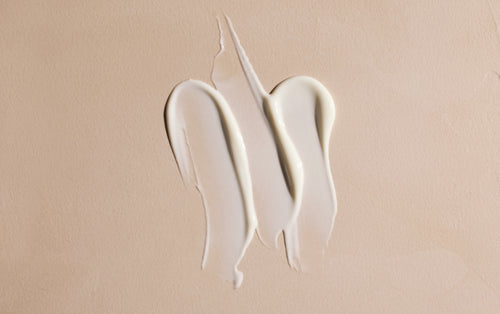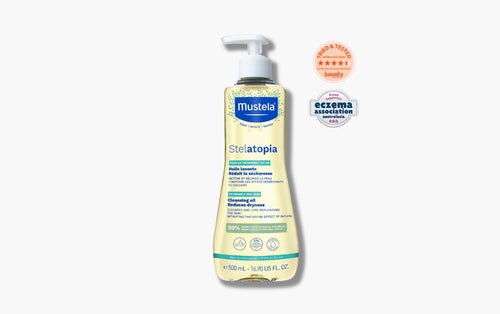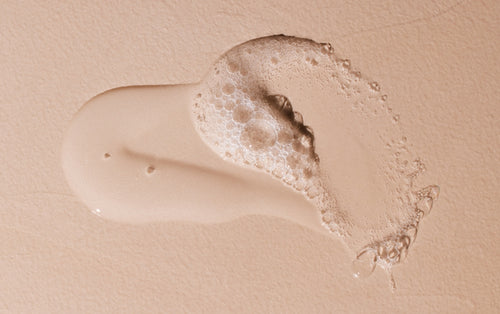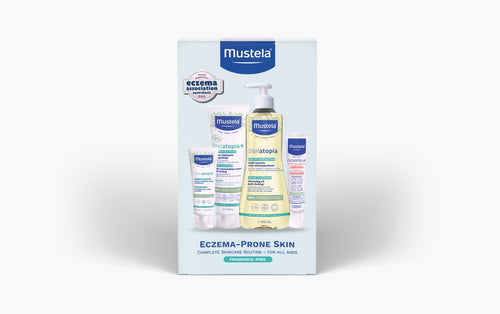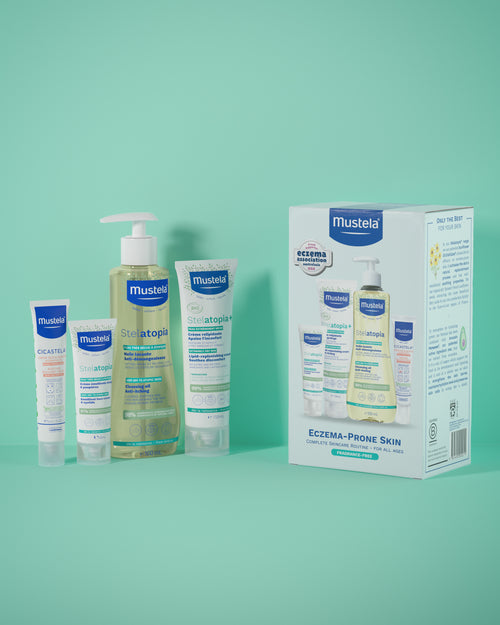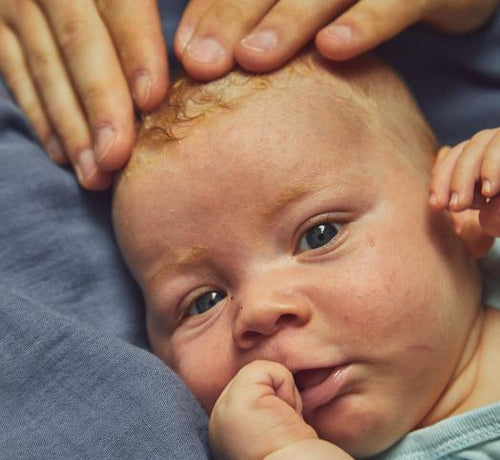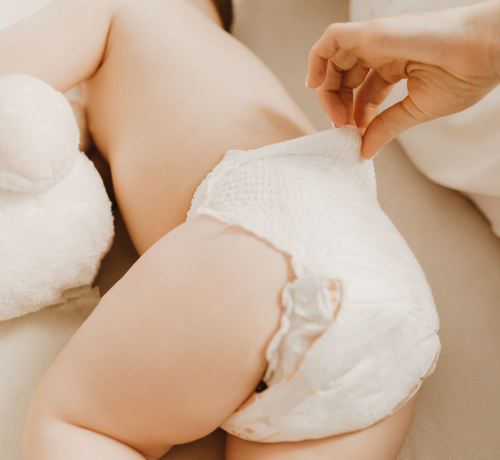0 to 3 years: the best toys for each age
Right from the first few weeks of their lives, all babies play spontaneously: first with their own bodies, then with their mothers’ or fathers’ bodies, then with objects around them or toys if they are available. Playing is a vital prerequisite for all learning: it helps children discover and learn how to interact with the world around them, to use their new abilities and to develop their intellect and their imagination.
Provided they are appropriate for your baby's current state of development, toys are an excellent means of developing his senses. Choose them carefully: if they have been properly selected, they will provide your baby with many hours of pleasure and discovery. As a general rule, opt for high-quality items that are resilient and meet children's safety norms. Go for lively colours (which small children find more attractive), and give some consideration to the size and weight of the toys you give your child: if they are too large and too heavy, your child (with his little hands) will not be interested in them. And look at the minimum age requirement which is given somewhere on all toys – particularly for very small children.
You can find a toy that is almost guaranteed to be a huge success for every age: get our tips for essential items in your baby's toy box!
The best toys for each age
Provided they are appropriate for your baby's current state of development, toys are an excellent means of developing his senses. Choose them carefully!
0 to 4 months: discovering a new world
During the first months of life, your baby lies on his back and is not yet able to hold a toy in his hands. He gradually learns by listening, touching and observing his surroundings. You can offer him:
• A musical mobile fastened to the bars of his bed with little colourful figures which revolve to a gentle melody.
• Early learning mat with arches equipped with small toys hanging above him, he or she will be able to look at them or tap them with their hands and feet.
• A baby activity gym to place in front of him in his baby chair or above him when he is lying down.
4 to 6 months: the time for rattles
At around 4 months of age your baby can finally hold an object in his or her hand. Colours, textures and sounds fascinate him: all objects to look at, handle and bite are suitable at this age! He will no doubt enjoy:
• Rattles and other small toys that are easy to catch hold of, that he will be able shake to make them jingle-jangle and that he can put in his mouth. Choose them in varied colours and materials to diversify your baby's experiences and renew his interest: wood, fabric and plush filled with small bells, beads and jingles, etc.
• A string of small toys to attach to his pushchair to distract him during walks.
• A teething ring to bite on if teething begins to bother your baby.
6 to 12 months: hands come into play
Your baby can sit upright. Comfortably installed in his play pen or on his play mat and surrounded by his toys, he uses all the capacities of his hands and mouth: he feels, pinches, pulls, pushes, bites, sucks and so on… Now it's time to give him:
• An activity board with lots of buttons to pull, push, and turn, mirrors, textures, sounds and music. This multifunction toy stimulates sight, sound and touch at the same time and enables your child to understand the link between cause and effect. A key classic for long moments of discovery!
• Musical toys that he can set off himself.
• Books in fabric with different textures to touch.
• Small animals in soft plastic to amuse him in his bath.
• At around 8 months the anguish of separation begins to set in: If he does not already have one, you could give him a security blanket impregnated with your odour to reassure him: this substitute object will soon become an irreplaceable companion.
12 to 18 months: on the way to mobility
Your baby takes his first steps: all the toys that enable him to exercise this new mobility will be greatly appreciated. His fine motor skills also improve: he begins to build, stack and fit things together… to make it all fall down the next minute!
You can give him:
• A baby walking frame which will help him to become more stable and enable him to transport his toys.
• A ride-on toy in the form of a lorry, tractor or animal, etc. This first "vehicle" gives him the possibility of moving around the whole house even if he is not yet fully at ease on his legs. Opt for a model with multi-directional wheels which is easier to manoeuvre.
• A toy to push or pull which will quickly become your infant's walking companion.
• Stacking and shape-fitting games: cubes or beakers in coloured plastic, boxes with shapes cut out, pyramid of rings to stack, etc.
• A first building game with big pieces that fit together easily.
• A picture book to browse through with your baby naming the objects presented in it.
18 to 24 months: from baby to child
Your child is full of energy and loves to move. In parallel to this his manual skilfulness becomes more refined and his imagination gradually develops as his language skills grow. He progresses simultaneously in all areas! You can reply to his different needs with:
• A rocking horse.
• Infant jigsaw puzzles with a few big wooden pieces equipped with a button to grab hold of them.
• Very big beads to thread onto a cord.
• Big wax crayons or finger paint.
• A small musical instrument: piano, xylophone, maracas, etc.
• A wooden train set and/or small cars.
• Plastic animals.
• Cardboard books.
2 to 3 years: the imagination in full swing
Your child is bursting with creativity and his imagination is in full swing! It's time to give him what he needs to make up stories and enable his dreams to take shape:
• Washable felt tip pens or paint and brushes.
• Modelling clay.
• Games to "play at grown-ups": tea set, shop, miniature kitchen, DIY set, etc.
• Miniature worlds for imagining a thousand and one stories: farm, dolls house, school, fire station, garage, etc.
• A baby doll or other doll.
• Fancy dress outfits of a pirate, princess, super hero, fairy, knight, doctor, etc.
• Story books to read together before going to sleep.

